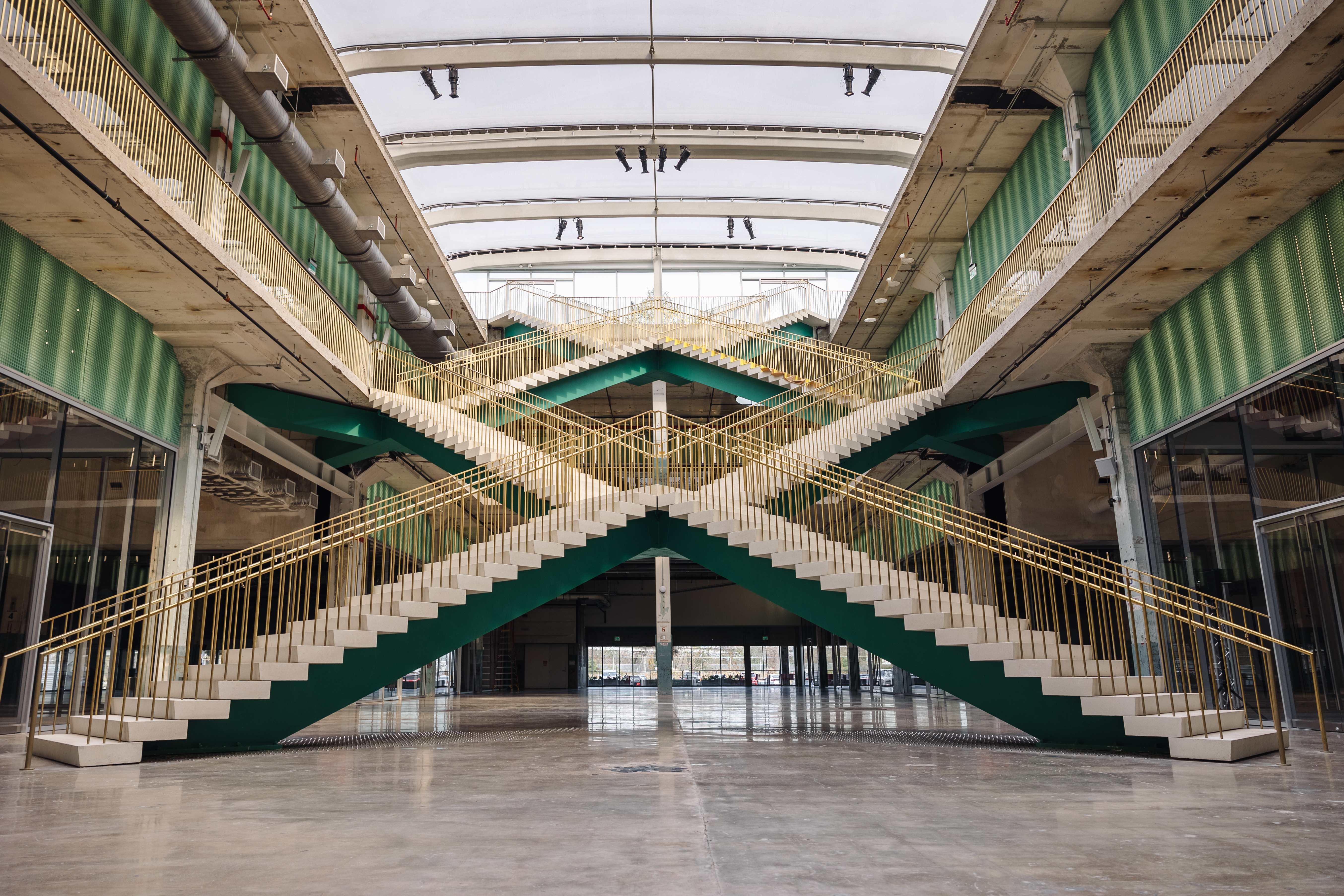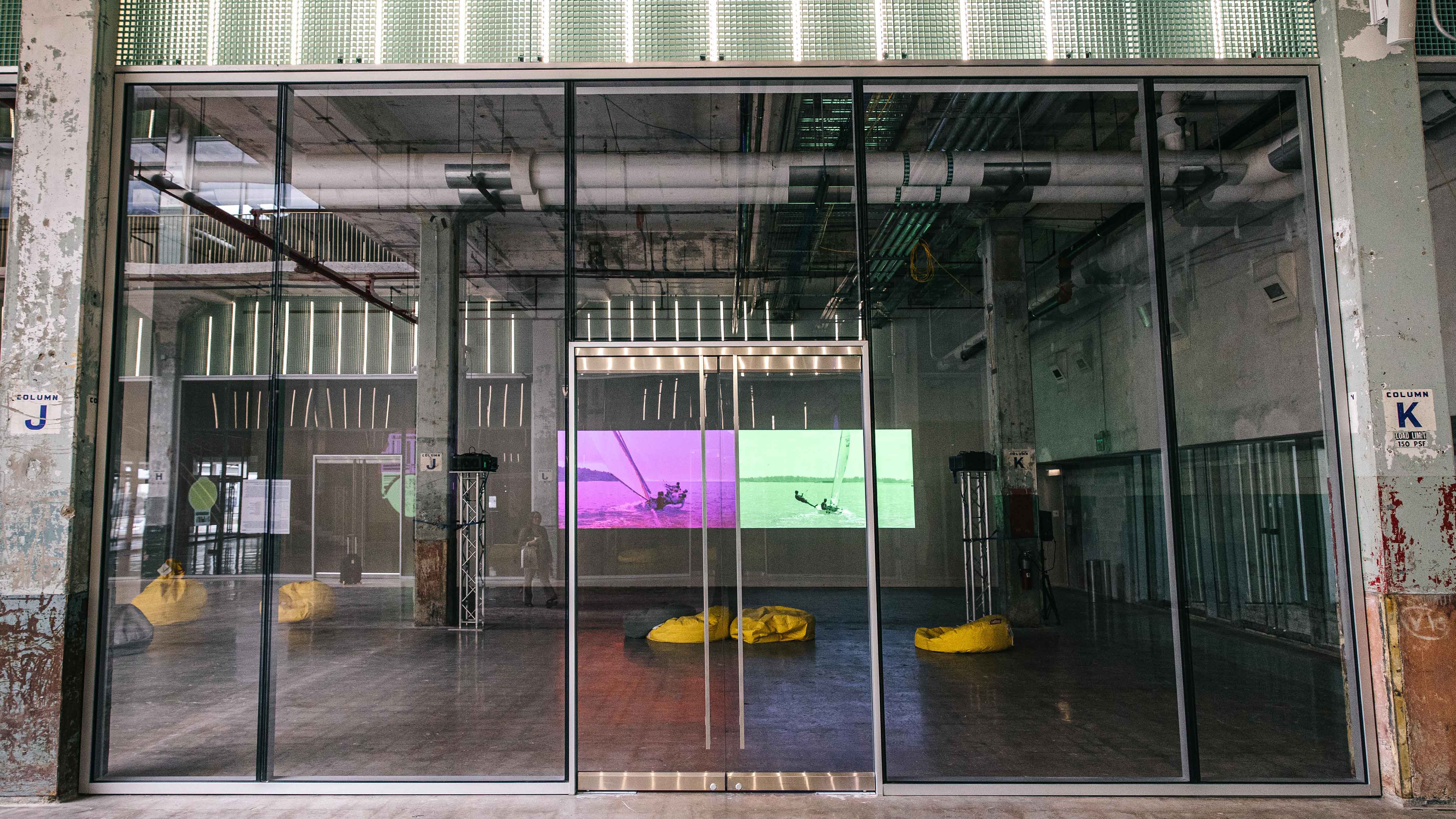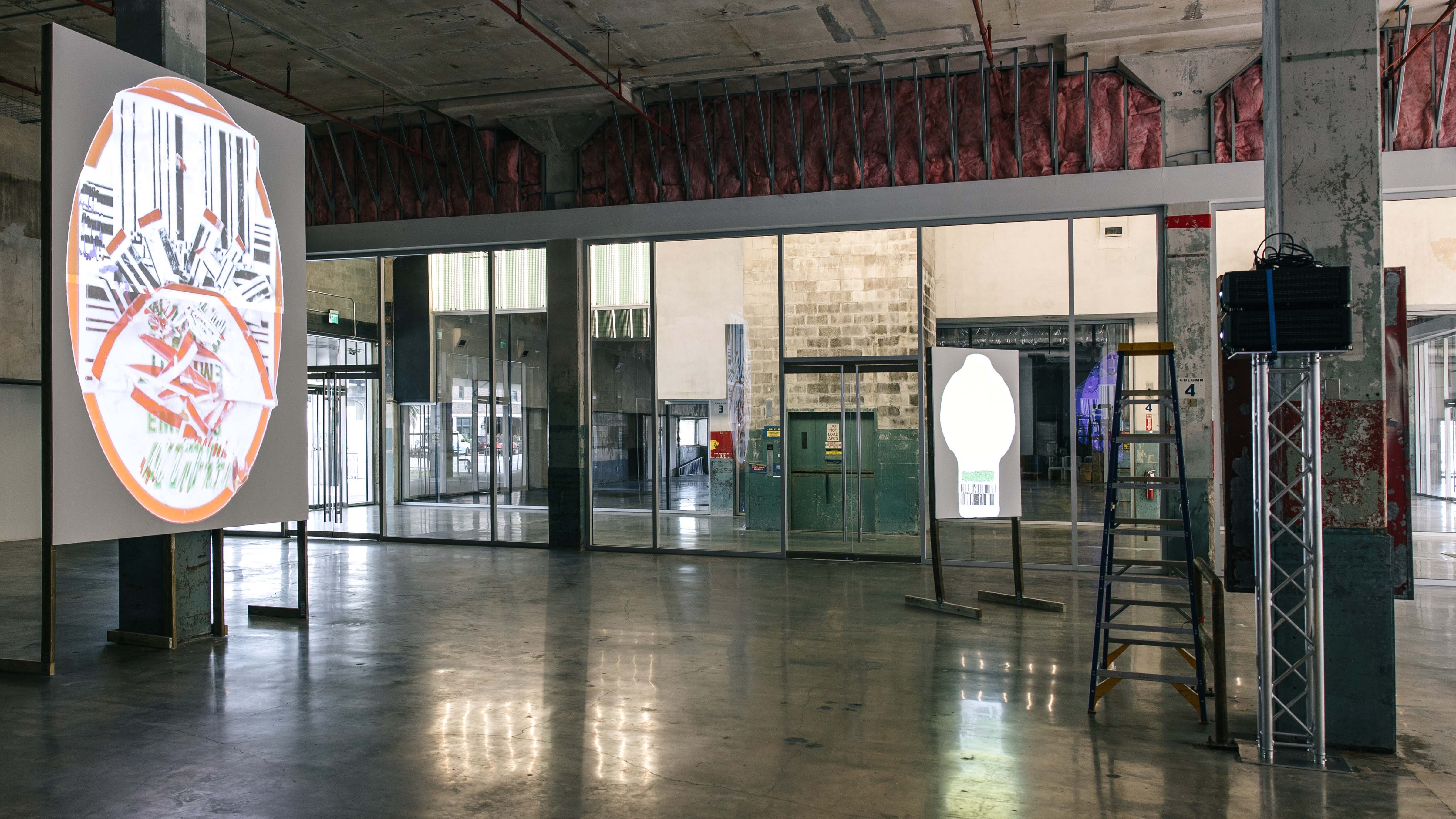In Texas, POST Houston is a contemporary example of repurposing and redesigning an old building as a mixed-used space that can be utilized for more than one purpose and enjoyed more fully. POST Houston has reclaimed the building of what was once the city’s U.S. Postal Service headquarters and central U.S. mail system hub, which closed in 2015. The historic building was bought and intentionally transformed by Lovett Commercial into a multi-purpose space.
At the design hands of architect Jason Long and OMA New York, the adaptive space both preserves its history and welcomes ongoing change to suit the needs of the city. It opened in November 2021, showcasing simultaneous programming for art, entertainment, food, culture, work, and more.
[Large-Venue Projectors: Key Features for Presentations in Big Spaces]
“POST Houston will be a microcosm of the diversity that makes the city itself so exciting: an agglomeration of culture, food, and tropical urbanism housed within a solid concrete shell," Long explained. "By cutting into the building and drawing people in and through it, we are aiming to fold different programs into every corner—weddings next to food halls next to concerts next to new ways of working—and to turn Houston to a view that reveals the city’s radical ambition.”

That ambition is reflected in the seriousness in which the building’s design and technology were pursued. Throughout the massive space are three monumental staircases that divide the building and beckon visitors in, up, and through the complex. Attractions include a rooftop Skylawn, theater promenade, market hall, collaboration venue, and media art space, which is where visitors will find two large art galleries. Overseen by contemporary art curator Christine Starkman, formerly of the Museum of Fine Arts, Houston, the art and film exhibitions are as mutable as the building.
[Holosonics Enhances ‘Horn Man’ Exhibit]
For the grand opening of POST, Starkman brought in artists Drew Bacon and Charles Lim. Bacon’s installation, Bounties from the Late Abundant Age: Drew Bacon Moving Image Projects, focused on miniature grocery products labels, their materiality, specific graphic construction, and instinctive icon making strategies, which was studied in a projected two-channel film piece that filled the large panel screens. Charles Lim’s Sea State 6: Capsize and phase 1 is a two-channel film that explores the sea and its role in the determination of national boundaries, physical, and geographical, as well as psychological and imaginary.
There is a process to working with artists and ensuring that they have what they need to bring their vision to the space. Projectors are at the top of the list, but not any projector will do, with more artist requesting high-end, cinematic laser projection technology. “Artists are creating with video, film, audio, computer-based technologies, so they’re aware of what they need—really powerful projectors—to accurately depict their work,” said Starkman.
[DiGiCo Consoles Power Chicago's Museum of Contemporary Art]
Traditionally, finding a high-brightness projector to deliver the quality and features needed have only been found in cinematic projectors that carry a steep price tag, which is not feasible for contemporary art museums that can have multiple film-based installations that can take multiple projectors to produce. Starkman approached Kirby Liu, the executive director of POST and an architect, who suggested BenQ. The company's LU Series large-venue BlueCore laser projectors deliver affordable models with more than 8,000 lumens of brightness. Its latest additions, the 8,500-lumen LU9750 and 10,000-lumen LU9800, produce high brightness and precise image accuracy for less than $15,000.

For POST Houston, BenQ supplied 10 8,000-lumen LU9715 laser projectors. Bacon used six BenQ projectors to produce a massive two-channel video installation that filled the wall. Lim used four projectors, also used in a two-channel setup. But the real proof in the quality of the laser projector technology was the comparison between them and Bacon’s smaller installations, where he had setup small gallery projectors.
“There was a stark difference,” Starkman offered. “Comparatively, the laser projectors were brighter, more impactful. The images are strong, but the equipment replicated that. A lot of the public gathered to take in both pieces. You feel kind of inside the water when you watch Lim’s piece. With Bacon, it’s so bright because he was doing color—green, red, and yellow—you sit in the space surrounded by those colors.”
[Review: BenQ ScreenBar Plus Is Easy on the Eyes]
Since the opening, Starkman has busily pursued additional art and film installations, which have included upcoming projects with Rice University’s architecture school and projecting a live feed from the International Space Station. Leveraging the projectors’ installation versality and brightness, Starkman is able to continuously adapt the raw gallery spaces as needed.
“This space started on the highest level with OMA, but then organizing shows with Drew Bacon, Charles Lim, Mel Chin—we’re able to match that with high quality technology,” said Starkman. “It’s a very different kind of space. It's not just about art and white cube space. POST is a future vision—post-contemporary, a post-curatorial practice.”
